The Giro Eclipse Spherical
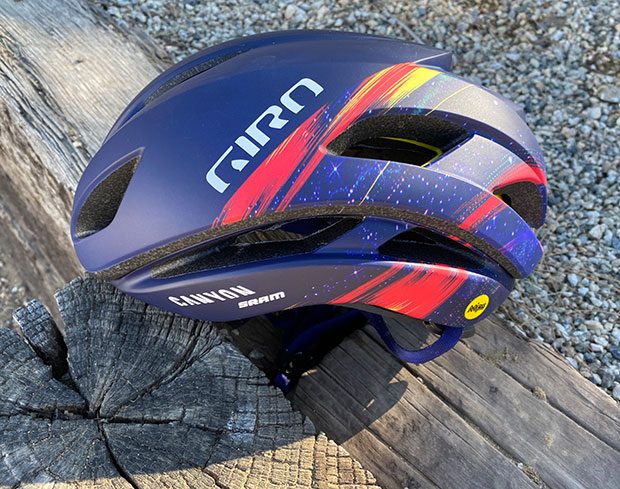
My search for the ideal road helmet continues (as does my search for the ideal road saddle). The older I get the pickier I get, and I think that’s because my increasingly rickety body gets more sensitive to any equipment that just isn’t quite right. There’s a new helmet Giro just launched that might work for a lot of triathletes because it’s an aero road helmet, and maybe it’s the solution to my own helmet search.
Theoretically this new helmet gives you most of the benefit of an aero helmet, but better ventilation and, probably, lighter. It’s the Giro Eclipse Spherical.
Last year I moved from a Giro Vanquish to a Giro Helios Spherical. That helmet worked better for me than the Vanquish because it fit a bit better. I liked the retention system, and the straps, and just overall it was better. My wife took the Vanquish – we have the same size head – and liked that helmet quite a bit (especially with the available visor).
The Giro Eclipse Spherical, the one launched today, is a $249 road helmet. It’s aero road like the Vanquish, which means it’s not got a pointy tail and it’s got ventilation, but it’s still aero. How aero? Here is what Giro says…
Using its Giro Aether as a baseline, my existing helmet, the Helios, was 38 seconds faster over 100 miles. The Vanquish – which not long ago was the gold standard in aero road helmets – was 103 seconds faster. The new Eclipse is 163 seconds faster. I get to the finish of 100 miles a minute faster in the Eclipse over the Vanquish. That’s quite a bit in an IRONMAN race, if indeed you race with an aero road helmet for the ventilation.
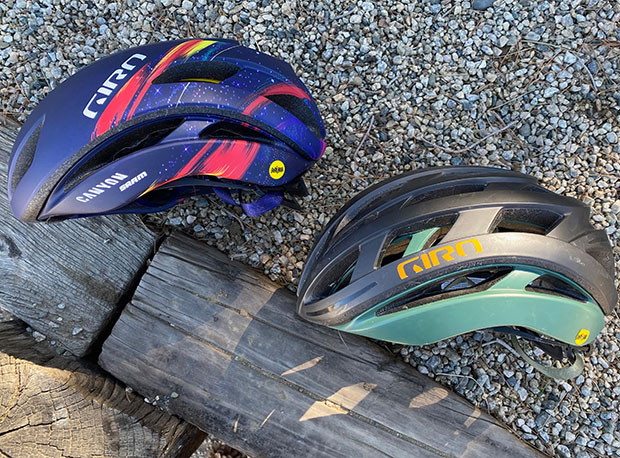
Now, here’s the weird part. This new helmet is roughly 2 minutes per 100 miles faster than my old helmet, but danged if it isn’t in many ways the very same helmet. Look at the images. The greenish helmet is the Giro Helios Spherical, the navy helmet is the Eclipse Spherical. Same price. Almost exactly the same weight. Same retention system and in important ways the very same shape. But…
The venting is different. That’s where the aero savings comes from. The ventilation of the new Eclipse Spherical, claims Giro, is equal to the Aether and better than the Vanquish. I took this helmet out on the warmest day of the winter, in L.A., over the weekend, for a big day in the mountains. It wasn’t hot enough to give the ventilation a real test, but so far so good per that ride.
The Vanquish is about a 350g helmet in weight, and both the Helios and Eclipse are in the 275g range. I’m not a weightweenie. But… if you ride a lot of stationary rides – which I do – I don’t ride those with a helmet on. If I move outdoor on a weekend for a 4 hour ride after not having ridden with a helmet for weeks (because I’m Zwifting), it gets hard to hold up the weight of that helmet in the last quarter of that ride, notwithstanding the helmet’s light weight. The heavier that helmet is, the more I feel it. I have gotten full-blown Shermer’s neck (look it up) after only 4 or 5 hours of an outdoor ride, early in the season. I think that’s a combo of a lot of neck trauma (which I have); age (which I have); and enough fitness from Zwifting to go straight to a long helmeted outdoor ride. So, for me, the one item in cycling where weight really matters is the helmet.
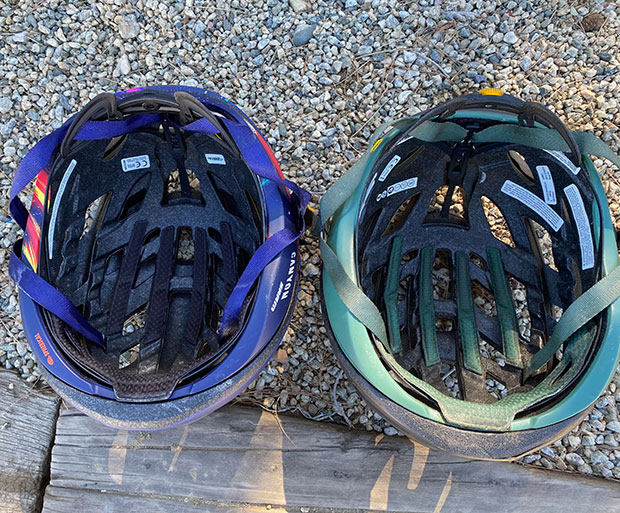
The Giro Eclipse Spherical has “Spherical technology” which is the way Giro integrates the Mips® brain protection system into its helmets. The Roc Loc® 5 Air is the retention system, and over the years there are certain companies, like Giro and, perhaps, Lazer, who have impressed me with their retention systems and the adjustment straps that allow me to fit that helmet to me weird-by-any-standard cranium shape.
I still had occasional trouble with the Helios Spherical and when that was the case it was largely (I think) user error. When I don’t have the helmet precisely adjusted it tends to rotate forward and obscure my vision. This is especially true on off road or bumpy descents, as the force of those bumps rotates the helmet. The Roc Loc® 5 Air retention system has a number of ways it can be adjusted (it’s not just the ratcheting dial) and how you have it adjusted makes a lot of difference in how well the helmet sits on your head. I think Giro, or somebody – perhaps us sometime in the future – will do a better job of showing all the ways that system adjusts and how the adjustments solve common helmet fit problems.
This may well be the helmet that I end up with for 2022. (I’ve got one more to try, that I’ll be reporting on in a couple of weeks.)
Here’s more on the Giro Eclipse Spherical.


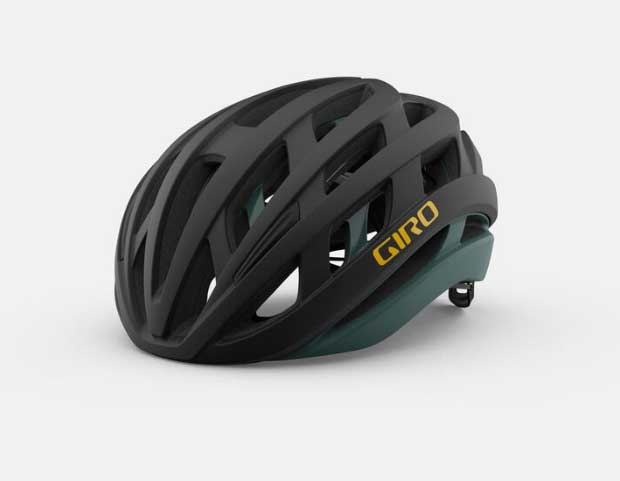
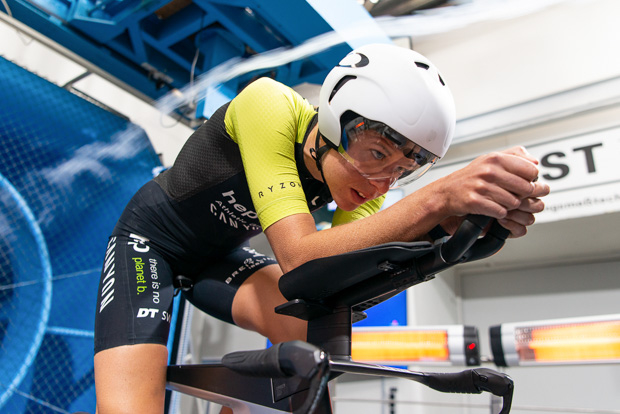
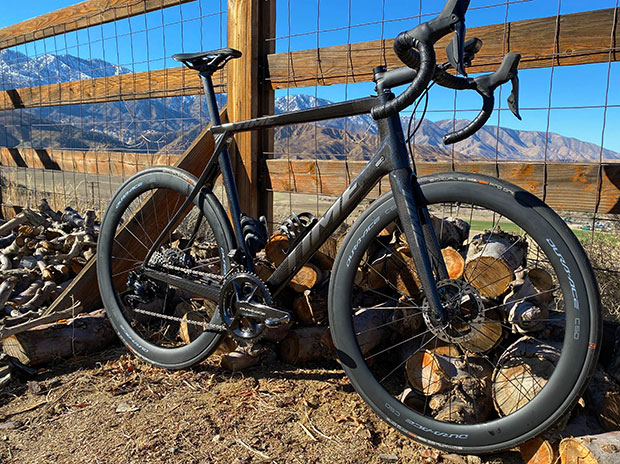
Start the discussion at slowtwitch.northend.network